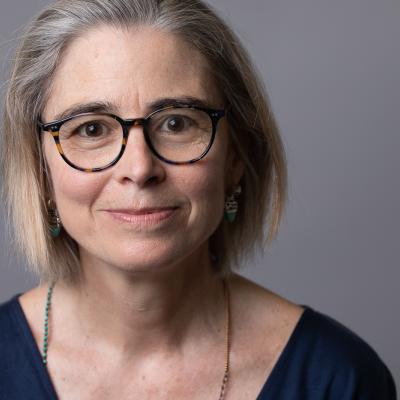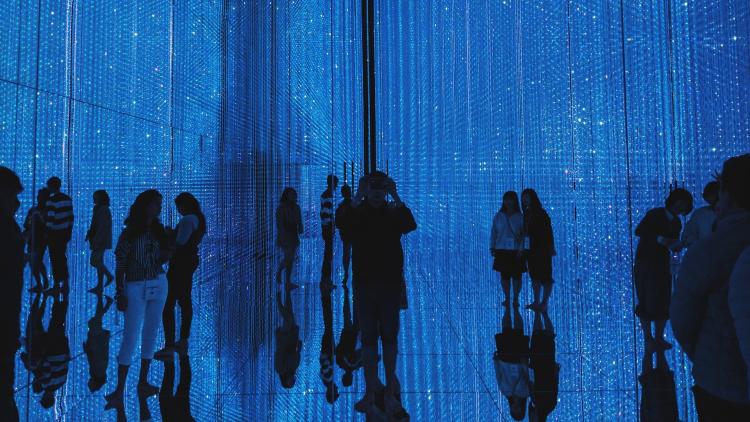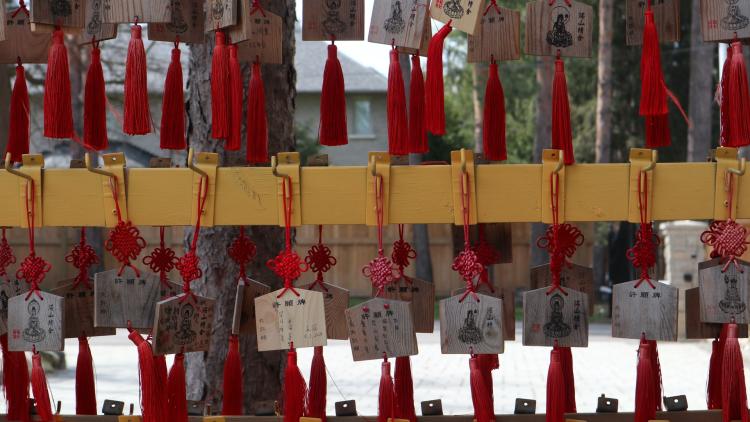Southeast Asia's Art Histories I

Key information
- Status
- Module not running
- Module code
- 15PARH087
- FHEQ Level
- 7
- Credits
- 15
- Department
- School of Arts & Department of History of Art and Archaeology
Module overview
This module will provide students with a broad basis in the arts of Southeast Asia, while exploring how art history and museology has played an integral role in defining the region that came to be identified only in the 20th century as 'Southeast Asia.'
The breadth of knowledge gained - in a range of arts across the region as well as in the major British instiutions promoting knowledge of these arts - will ground sustained examination of the past, present and future of the discipline of Southeast Asian Art History, with a view to decolonization of the field. A principle focus will be exploring interpretive paradigms of the selective mediation of Sinitic, Islamic, and regional Hindu-Buddhist influences to articulate local systems of representation, value, and power. Topics include sculpture and architecture associated with Angkor, Pagan, Dvaravati, Sukhothai, and Java; illuminated manuscripts from the Malay and Buddhist worlds; sacred offerings from Bali; ceramics from Vietnam; the classical and modern registers of temple mural painting; and textiles. By following both a chronological and thematic approach, developing a disciplinary consciousness and understanding of the institutional contexts in which knowledge of Southeast Asian art has historically evolved, this module enables students to apprehend the vitality of forms in the arts of Southeast Asia across history and geography, their crucial role in defining aesthetics, cultural belonging, political prestige, and intercultural exchange, and the role of art historical scholarship and museology in the ongoing definition of the region.
Objectives and learning outcomes of the module
On successful completion of this module a student will be able to
- Acquire broad knowledge of key periods, styles, and themes in the art history of Southeast Asia.
- Develop visual literacy across a range of mediums, including architecture, sculpture, painting, metalwork and ceramics.
- Sustain critical analysis and interpretations of visual material supported by cultural, political, religious and economic contexts.
- Situate the arts of Southeast Asia in a global historical context.
- Acquire knowledge of the history and collections of major British institutions promoting knowledge of Southeast Asian art.
- Situate the production of knowledge of Southeast Asian art in a global historical context.
- Develop abilities in research, written and verbal expression transferable across academic disciplines and professional pursuits.
Workload
- Lectures: 1 hour per week
- Seminars: 1 hour per week
Method of assessment
- 1,000 word short essay (worth 30% of marks)
- 2,000 word bibliographic essay (worth 70%)
Suggested reading
- Anderson, Benedict R. O'G. Mythology and the Tolerance of the Javanese. 2nd ed. Cornell Modern Indonesia Project, Southeast Asia Program, 1996.
- Mrázek, Jan, and Morgan Pitelka, eds. What’s the Use of Art: Asian Visual and Material Culture in Context. University of Hawaii Press, 2008.
- Schober, Juliane, ed. Sacred Biography in the Buddhist Traditions of South and Southeast Asia. University of Hawai'i Press, 1997.
- Stevenson, John, ed. Vietnamese Ceramics: A Separate Tradition. Chicago: Art Media Resources, 1997.
- Taylor, Nora A., ed. Studies in Southeast Asian Art: Essays in Honor of Stanley J. O’Connor. Cornell University Southeast Asia Program Publications, 2000
Disclaimer
Important notice regarding changes to programmes and modules



